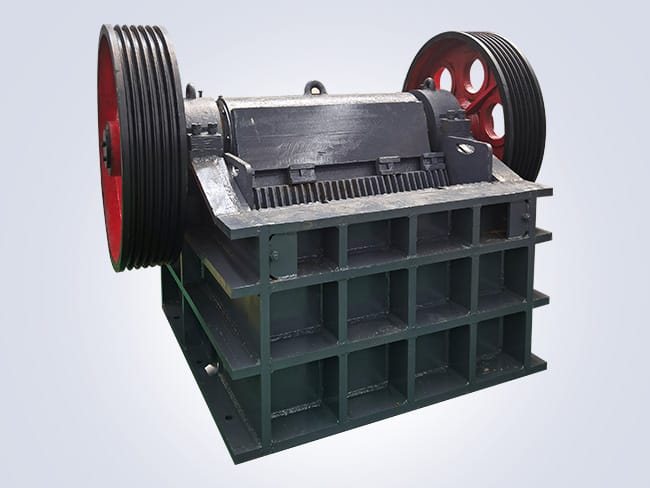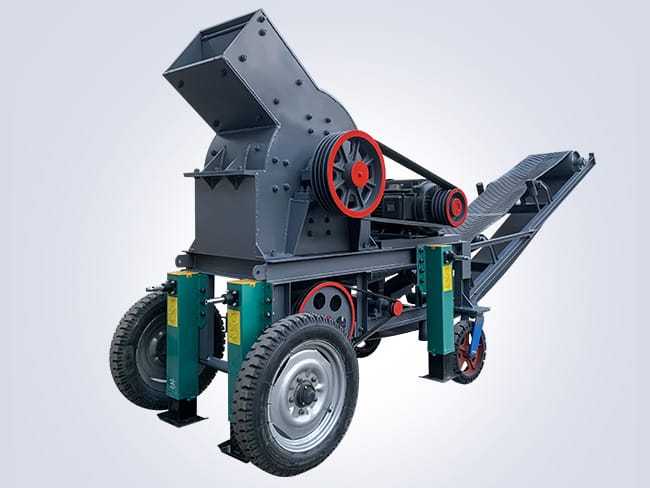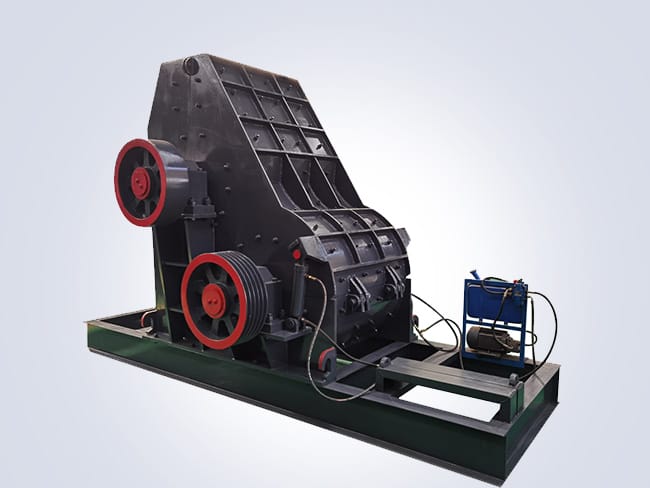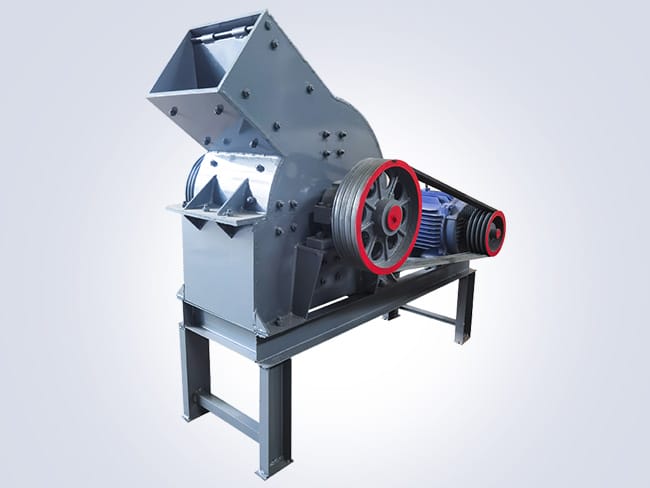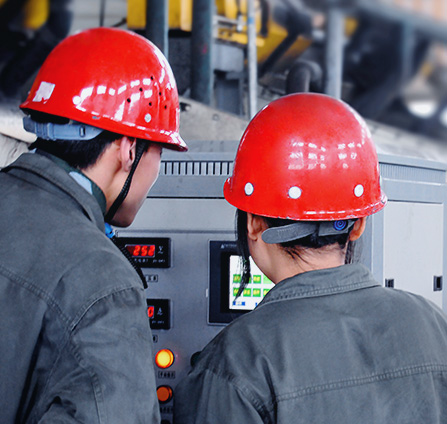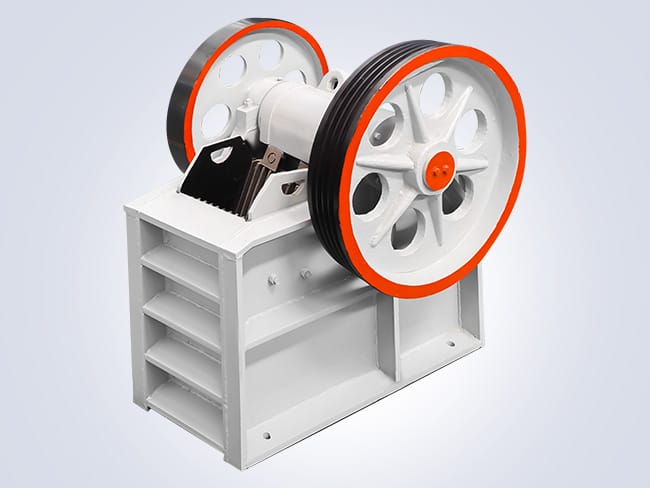
As fundamental equipment in industries such as mining, building materials, and chemicals, the jaw crusher has become the “core weapon” in the coarse crushing stage of materials, thanks to its powerful crushing capability and reliable performance. Its working principle simulates the chewing motion of animals. By utilizing a “V”-shaped crushing chamber formed by the movable jaw plate and the fixed jaw plate, it performs periodic compression, splitting, and bending on hard materials such as ores and stones, achieving precise control over particle size reduction from hundreds of millimeters to tens of millimeters.
Jaw Crusher: The “Steel Giant Jaw” in the Industrial Crushing Field
This equipment boasts three significant advantages: Firstly, its simple yet durable structure, with a robust frame made of cast steel and high-manganese steel linings, can withstand the impact of tens of thousands of tons of materials daily. Secondly, it has a wide range of applications, efficiently handling materials from granite to limestone, and from wet, sticky materials to iron-containing ores. Thirdly, it is easy to maintain. The discharge port size can be quickly adjusted through a hydraulic adjustment device, and the bearing housing features a split design, allowing for the replacement of vulnerable parts in just a few hours.
With technological advancements, modern jaw crushers have undergone intelligent upgrades, equipped with vibration sensors and overload protection systems, resulting in a 15%-20% reduction in energy consumption compared to traditional models. Under the “dual carbon” goals (carbon peak and carbon neutrality), as a key piece of equipment for green mine construction, it is continuously propelling resource utilization efficiency to new heights.




